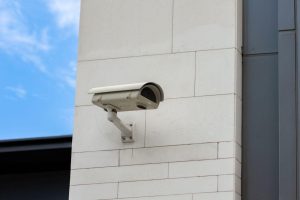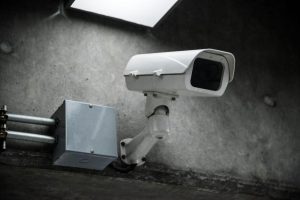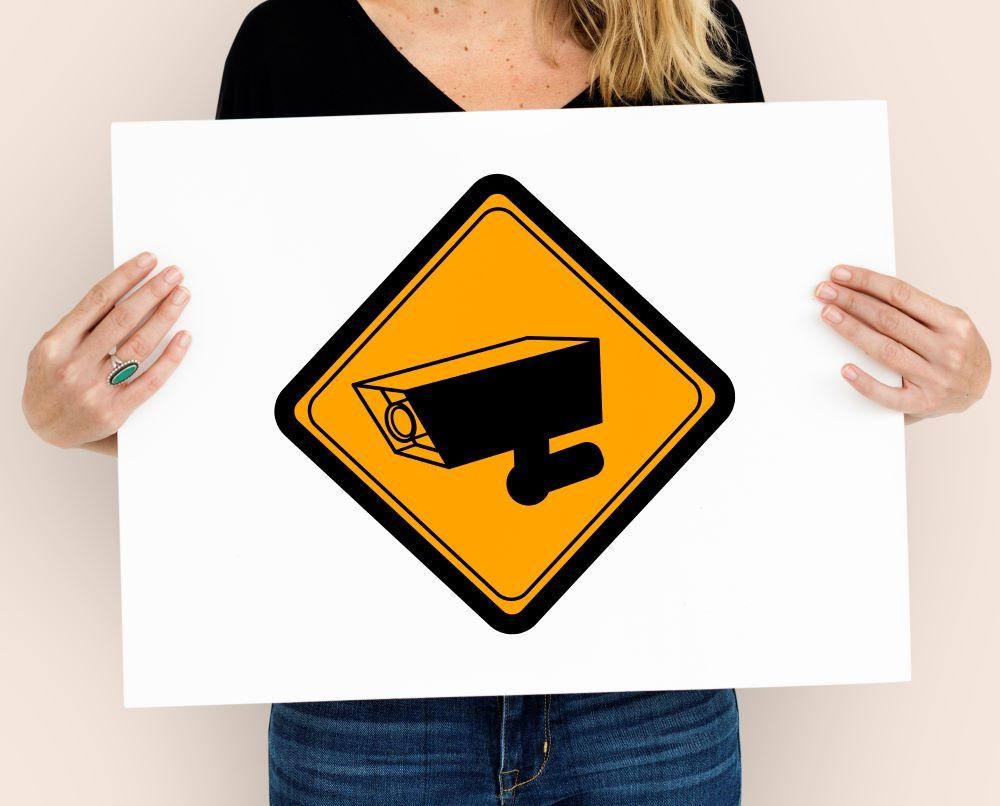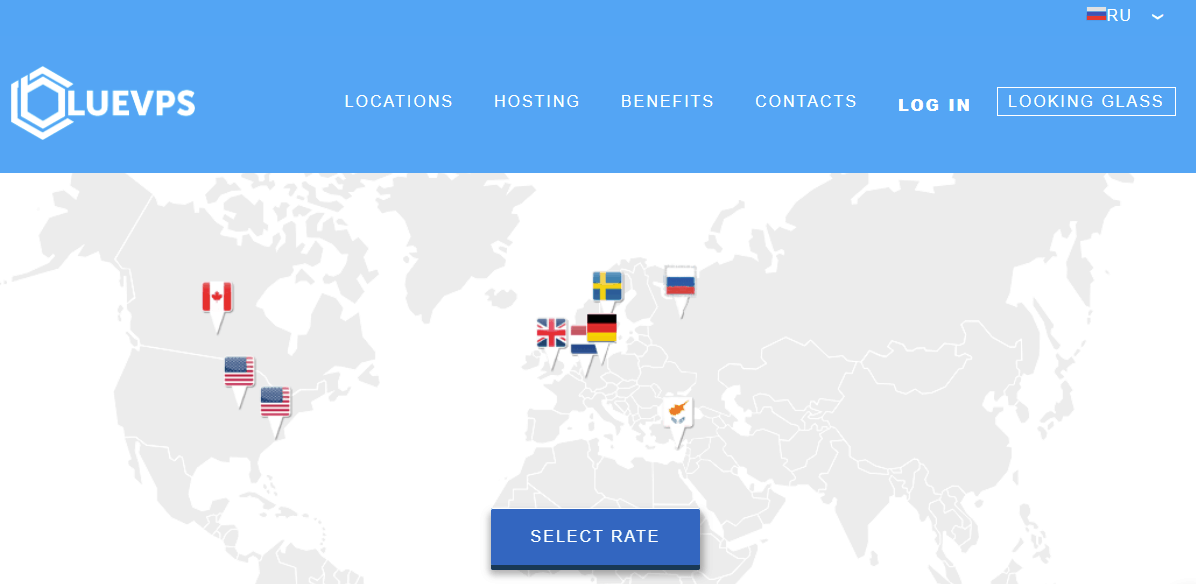The security of our strategic assets is becoming more critical every day. And as we live in turbulent times, where the actions of bad actors could have severe consequences on our private or national strategies, investing in a high-quality thermal imaging CCTV system could be one of the best decisions you can make.
A professional CCTV system installed by an experienced British team could be a tool to improve the overall security of your private compounds, or, if you are the manager of a government branch, it could be an add-on to keep our national security intact.
Why a Thermal Imaging CCTV System?
Efficiency. Standard CCTV may have difficulty recording images in low light conditions or unfavorable weather.
Thermal CCTV, however, does not have this problem, using the heat radiation emitted by objects and rendering them visible regardless of weather conditions or brightness.
Thermal cameras can be customized to meet your business’s needs, paired with various accessories to enhance their performance, and successfully integrated into other security systems implemented by your organization.
Is it Necessary to Invest in a Professional CCTV System?
Nowadays, the answer is yes. Professional video surveillance can be a way to secure your strategic assets, it can be a tool to maintain the territorial integrity of a geographical area, it could serve as a modular accessory to identify threats before they are visible to the naked eye, and it could be an insurance policy in case your private assets fall prey to attacks by bad actors.
It’s All About Efficiency
UK’s businesses are increasingly prone to burglaries, while the security of national borders is increasingly threatened by external events over which we have no control. Investing in a high-tech thermal imaging CCTV system could allow you to detect the heat signatures of targets even in low-light conditions, which generally present difficulties for video surveillance systems operating in the visible light spectrum.
Thermal CCTV systems are effective in professional applications, can detect targets from a considerably greater distance than conventional solutions found on the market, and are more accurate, reducing the potential for false alarms that would consume the valuable resources of the organization you manage.
Moreover, they can often be combined with various accessories to enhance their functionality and are modular, allowing for pairing up with multiple lenses whose diameter could exceed 300mm.
Thermal CCTV systems are more expensive than traditional off-the-shelf cameras. But in the long run, they could be a cost-effective solution for your organization.
Thermal video surveillance systems have an increased range and can cover large areas in different conditions, which may result in you needing fewer total modules to protect your objectives.
Thermal cameras are perfect for use in challenging environments, are designed to be integrated with existing systems, and may identify hazards such as fires before they are visible to the naked eye.
What’s the Difference Between MWIR and LWIR Cameras?

If you are interested in professional surveillance camera systems, you will have a choice between Mid-wave infrared modules and Long-wave ones. MWIR and LWIR cameras might be overkill for everyday surveillance of local storage units or businesses.
But in the case of military or industrial applications on a large scale, the advantages offered by these systems might prove essential for maintaining the integrity of the locations you manage.
What is the difference between them? Firstly, the wavelength in which they operate.
MWIR cameras function in the middle of the infrared spectrum, which lies between 3 and 5 μm. LWIR systems, on the other hand, operate between 8 and 14 μm, making them more helpful in identifying the fine details needed in CCTV applications.
MWIR systems, as a rule, are more expensive and can detect small temperature fluctuations, making them suitable for long-range surveillance and maritime operations.
LWIR cameras, on the other hand, feature a wider infrared detection range and are more versatile when it comes to everyday surveillance uses. Which system is right for you? It depends.
LWIR systems are more sensitive to atmospheric disturbances and are effective for everyday surveillance. In comparison, MWIR cameras can detect smaller temperate variations and be used in high-temperature environments.
However, they are more complex and may require custom cooling solutions to record a clear image.
MWIR cameras are ideal for high-risk military uses or industrial surveillance, while LWIR systems, due to their accuracy with human heat signatures, are better suited for the thermal monitoring of commercial facilities or metropolitan population monitoring operations.
Why It’s Essential to Pair CCTV Cameras with PTZ Mounts?
To get the most out of your thermal imaging CCTV system, it should be integrated with a Pan-Tilt-Zoom mount for added functionality.
PTZ mounts are flexible solutions that could allow you to monitor your targets from a distance and move the position of your thermal cameras without requiring physical intervention by specialized operators.
As the name suggests, PTZ mounts can allow you to zoom or change the recorded shot to suit your needs. And they can be a cost-effective way of reducing the number of cameras needed to monitor an area.
PTZ mounts can allow remote monitoring of your targets, automatically track potential intruders in a perimeter, allow you to zoom in on a specific area, and can be controlled remotely, which can lower the total costs required for staff training.
PTZ mounts can be used as deterrence tools and integrated with different modules, ranging from conventional CCTV systems to thermal surveillance cameras, which use MWIR or LWIR frequencies.
CCTV cameras paired with PTZ mounts can lower the overall costs of your security operations and can make the protocols adopted by your organization more effective.
Security is Mandatory

Investing in high-tech thermal imaging CCTV is no longer a recommendation but a requirement. And the protection offered by a professional thermal camera could be essential for maintaining the security of your strategic objectives.
Professional thermal imaging cameras offer enhanced surveillance even in low-light conditions, provide superior range over off-the-shelf commercial systems, can reduce the false alarms recorded by your organization, improve overall perimeter security, and may represent a non-invasive way to identify threats before they become visible to the naked eye.
Do you need a modular system that can be used in unstable weather conditions?
If so, an LWIR or MWIR camera system might be what you need. From long-range applications in military combat to private surveillance of commercial spaces, professional-grade infrared cameras can be a solution for your organization and provide the deterrence necessary to avoid conflicts with bad actors.
Today, commercial and national security is more important than ever, and the use of military-grade camera systems could be the asset that brings your organization to the level it requires.




![Main cause [pii_email_a7b93224472ff079e7ed]](https://ustechportal.com/wp-content/uploads/2022/05/pii_email_4d754ba459eda4988469-4-1280x720-1.jpg)